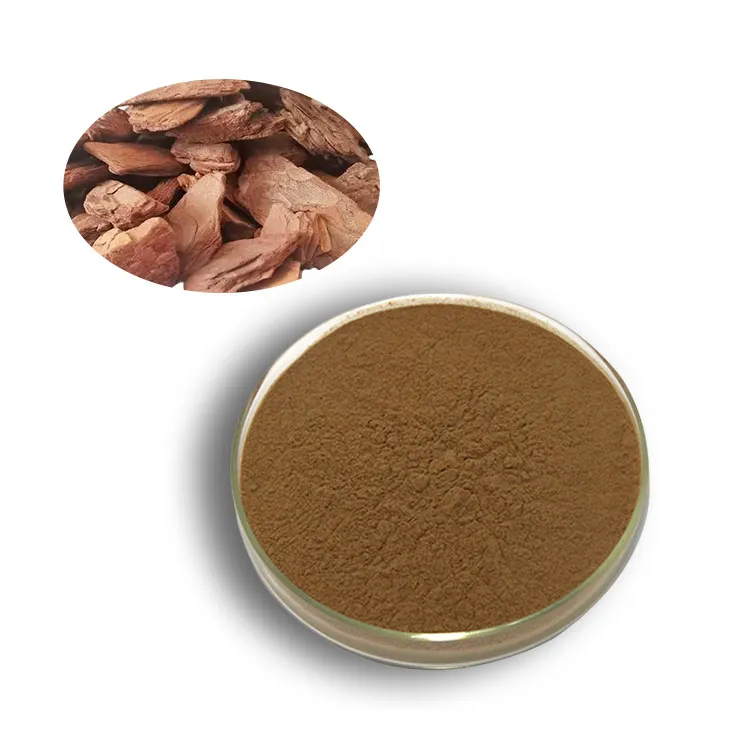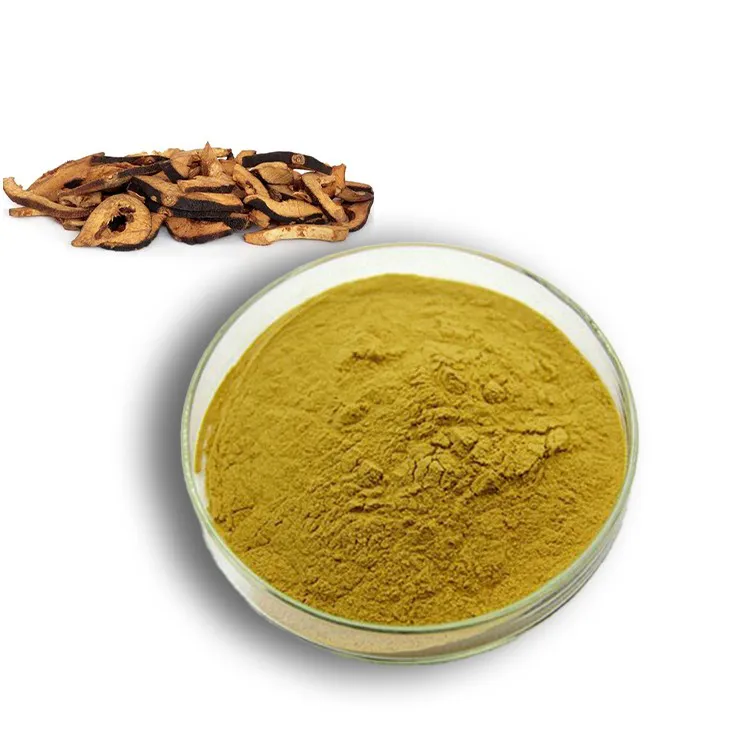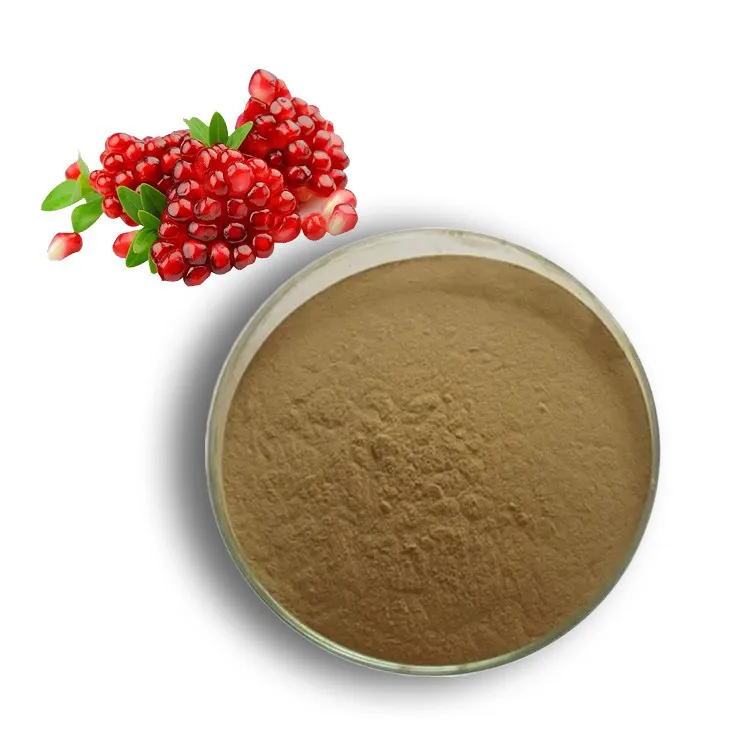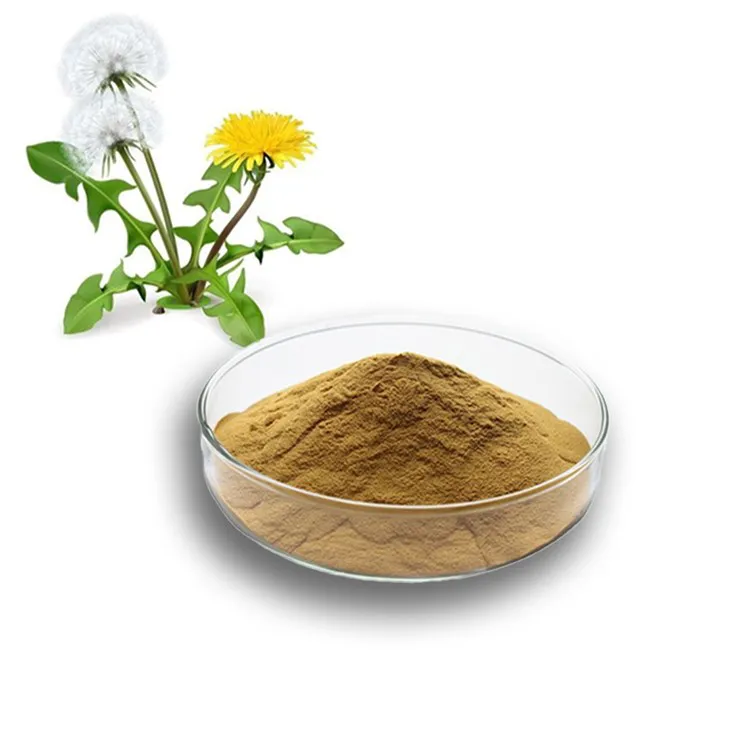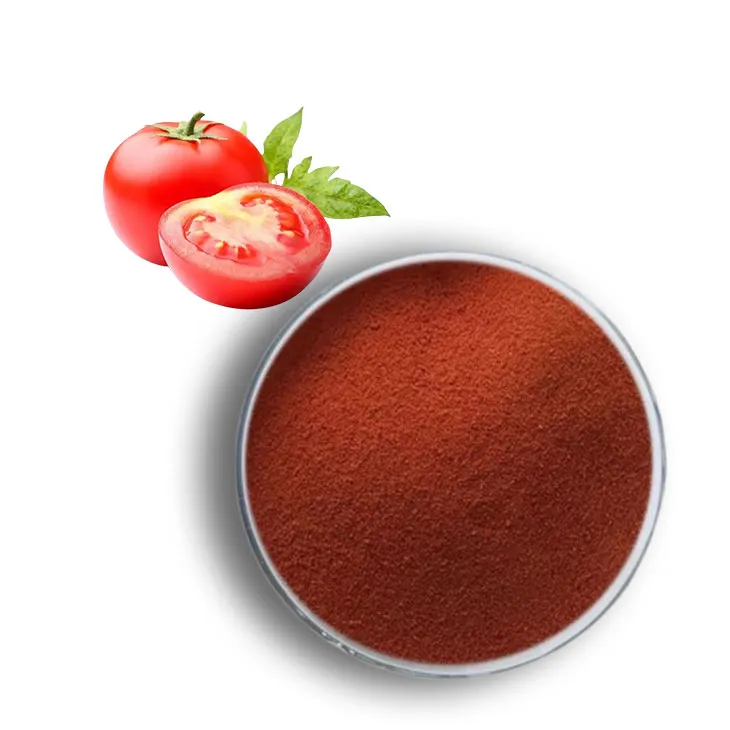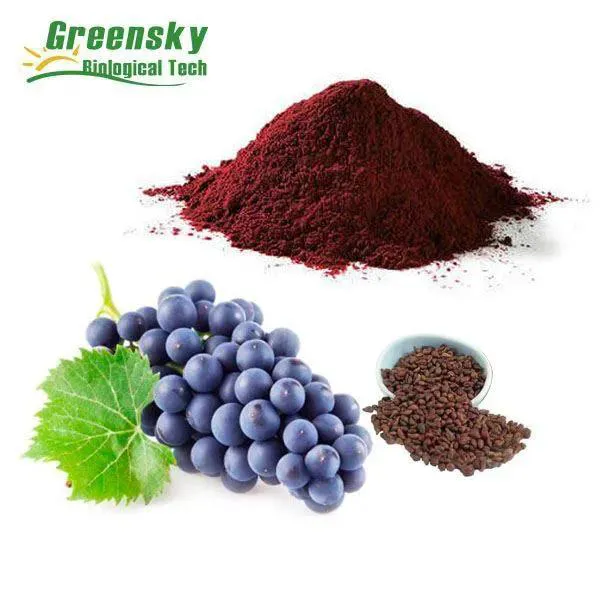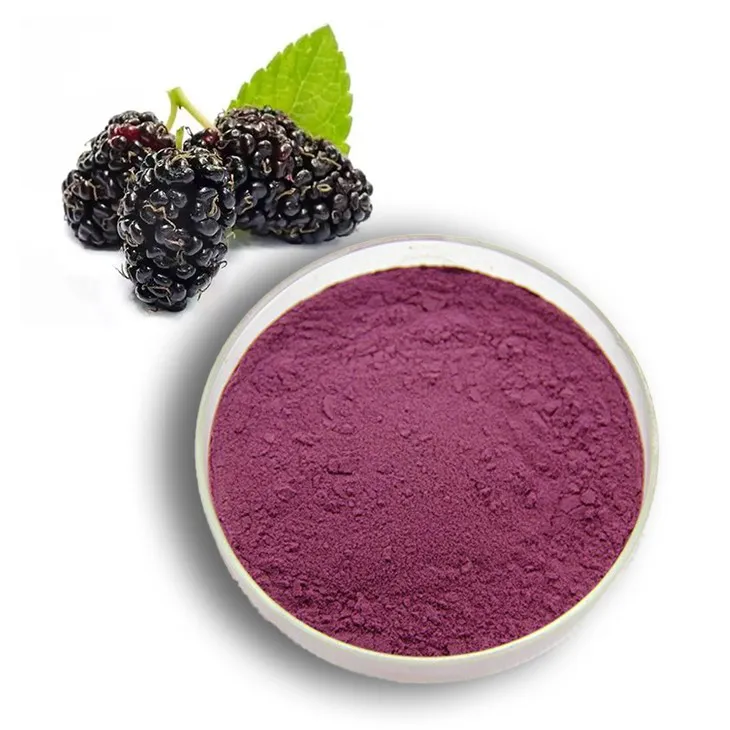- 0086-571-85302990
- sales@greenskybio.com
What is buckthorn in English?
2025-10-25
In the world of botany, gardening, ecology, and environmental management, the term buckthorn can refer to several different plants, but generally it denotes shrubs or small trees in the family Rhamnaceae (the buckthorn family) or related species. The word often brings to mind two main uses: first, the genus Rhamnus (commonly called “buckthorns”), and second, the broader set of plants including other genera sometimes known as buckthorn (for example, Frangula or the unrelated “sea-buckthorn” in the family Elaeagnaceae).
In this article we will explore: what buckthorn is (its taxonomy), how to identify it, its native and introduced ranges, ecological significance (including both beneficial uses and problematic impacts), management considerations, and how it fits into broader discussions of invasive species and native plant conservation.
What does “buckthorn” refer to in botanical terms?
The most direct definition of buckthorn is found in dictionaries: according to the Merriam‑Webster dictionary, buckthorn (noun) means: “any of a genus (Rhamnus of the family Rhamnaceae) of often thorny trees or shrubs some of which yield purgatives or pigments.” In everyday usage, the word also extends to other shrubs with thorny branches or similar growth habit that are called “buckthorn.”
Botanically, the genus Rhamnus comprises about 140 accepted species of shrubs or small trees, commonly known as buckthorns. These species are mostly deciduous (though some evergreen forms exist) and have certain morphological features in common: simple leaves, often opposite or sub-opposite, veins that arch towards the leaf tip, and fruits that are berrylike drupes.
Additionally, the term buckthorn may refer to plants in the closely related genus Frangula (sometimes treated within Rhamnus) – for example, Frangula alnus (glossy buckthorn) is often mentioned in invasive species literature.
In short: when someone asks “What is buckthorn?” they are typically talking about one or more species of shrubs or small trees in the buckthorn family (Rhamnaceae), commonly characterized by thorny or spined twigs, simple leaves, and small berries, often with ecological importance (both positive and negative).
Where does buckthorn come from and where is it found?
Native range
The genus Rhamnus is mainly native to temperate and subtropical regions of the Northern Hemisphere, particularly East Asia and North America, but also occurring more locally across parts of Europe, Africa and South America. For example, one native North American species is Rhamnus alnifolia (alder-leaf buckthorn).
Introduced range and invasive status
Some species of buckthorn, especially those native to Europe or western Asia, have been introduced into other regions (notably North America) and become invasive. For example, the species Rhamnus cathartica (commonly called Common Buckthorn or European Buckthorn) was introduced into North America (Canada and the United States) around the late 19th / early 20th century and has since become widely naturalised and invasive in many areas.
The fact that buckthorn can thrive in a wide variety of soils, light conditions, and has the ability to produce many seeds and regenerate aggressively has allowed it to spread in disturbed habitats, woodlands, open fields, hedgerows and roadsides.
In some jurisdictions, certain buckthorn species are designated noxious or restricted invasive weeds: e.g., in Minnesota it is illegal to import, sell or transport common buckthorn.
How can you identify buckthorn?
Correct identification is important, especially where buckthorn is invasive and there are native look-alikes. While features vary by species, the following are typical characteristics of buckthorn species such as Rhamnus cathartica.
General morphology
Growth habit: A shrub or small tree, often multi‐stemmed when younger, eventually reaching perhaps 4-8 m (13-26 ft) or more, depending on the species.
Stems/branches: Older stems may have grey to brown bark; many buckthorn species have small corky lenticels (little white or light coloured spots) on the bark. Twigs often end in a sharp spine or thorn (in some species) or a spine‐like tip.
Leaves: Simple (undivided) leaves, arranged opposite or sub-opposite (or sometimes alternate depending on species). A distinguishing trait: the lateral veins (secondary veins) often arch upward toward the tip of the leaf rather than running straight to the margin. Leaves usually have small teeth (serrations) or are finely toothed. Many species hold their leaves later into the fall than native competitors, and leaf out early in spring.
Flowers: Small, often greenish-yellow, produced in clusters (axillary cymes or racemes). Many species are dioecious (male and female flowers on separate plants).
Fruits: Berries or drupes, often dark purple to black when mature (though colour may vary). They often appear in late summer or fall, and each fruit may contain several seeds.
Identification features for common buckthorn (Rhamnus cathartica)
Leaves have 3-5 curved veins per side that arch toward the leaf tip.
Twigs end in a short, sharp thorn or spine.
The plant leafs out earlier than many native shrubs and retains leaves later into the fall, giving a “green” understory when others have dropped.
Cut stems reveal orange heartwood and yellow sapwood.
Comparison with similar plants
Because some native shrubs (e.g., native buckthorns, dogwoods, etc.) look similar, distinguishing features are helpful. For example, the invasive common buckthorn often has paired–opposite leaves and thorny twigs; while some native shrubs will have different vein patterns, no thorn at twig tips, or different fruit/seed structures.
What ecological roles does buckthorn fill (both positive and negative)?
Potential beneficial uses of buckthorn
It’s important to note that not all buckthorns are purely “bad.” Some have historical uses or native ecological roles. For example:
Some buckthorn species were used in traditional herbal medicine: the bark of certain species (such as Rhamnus purshiana, cascara buckthorn) yields a purgative herb. (The definition from Merriam-Webster mentions “some of which yield purgatives or pigments.”)
Some species may provide food or shelter for wildlife in their native ranges; larvae of certain Lepidoptera (butterflies, moths) feed on buckthorn.
Ecological concerns and negative impacts
However, much of the scientific and management attention on buckthorn deals with the negative ecological impacts it can have when introduced to non-native systems, especially as an invasive species.
Key impacts include:
Competition with native vegetation:Because buckthorn species like common buckthorn leaf out early and retain leaves late, they can shade out native understory plants and tree seedlings. The dense thickets they form reduce light, alter soil moisture and temperature, and can prevent the regeneration of native plants.
Alteration of soil conditions and nutrient cycling: Buckthorn has been shown to alter soil nitrogen levels (via leaf litter decomposition) and other soil chemistry parameters, giving itself a competitive advantage over native plants adapted to more nutrient-poor conditions.
Reduced biodiversity and wildlife habitat quality: Dense buckthorn stands tend to have fewer native plants in the understory; insects dependent on native plants decline; and the habitat value for wildlife (birds, mammals, insects) can be diminished.
For example, although many birds eat the berries of buckthorn and thereby help disperse the seeds, the berries are known to be nutritionally poor (especially compared to native berry-bearing shrubs), and in some cases the laxative effect of the fruit may even be harmful to small birds.
Facilitation of pests or pathogens: Some buckthorn species serve as alternate or overwintering hosts for agricultural pests or plant diseases. For instance, common buckthorn is host to the soybean aphid (Aphis glycines) which can damage soybean crops. It also hosts oat crown rust (Puccinia coronata) in some regions.
Challenges for ecosystem restoration: Once buckthorn is established, it can be difficult to remove due to its seed bank (seeds may remain viable for years) and ability to sprout from stumps. The recovery of native plant communities underneath may be slow or incomplete unless active management occurs.
Examples of ecological disruption
In Minnesota, brochures note that buckthorn “completely eliminates plant diversity in the understory over time”. In Ontario, Canada, the plant is recognised for its ability to form dense stands under which few other plants can grow.
Why is buckthorn considered a problem in some regions?
Expanding on the negative impacts discussed above, here are the main reasons why buckthorn is considered a problem in many ecosystems when introduced.
Invasiveness and rapid spread
Buckthorn species such as Rhamnus cathartica produce many seeds, which are bird- and animal-dispersed. Seeds may remain viable in the soil for several years. The plants can grow in a variety of light and soil conditions (including both open and shaded sites) and can tolerate drought and varied soils.These traits make them highly competitive in disturbed and undisturbed natural areas alike.
Competitive exclusion of native species
Because buckthorn leafs out early and retains leaves late into the season, it has a longer growing season than many native shrubs. This edge allows it to produce and store more carbohydrates and sustain growth when others are dormant. The result is that native plants may be starved of light, nutrients, and space.
Alteration of ecosystem structure
As buckthorn forms dense stands, the structure of forests and woodlands changes: fewer herbaceous plants, fewer tree seedlings, less structural diversity. This affects animals, especially those that depend on native understory plants or open ground layers.
Host for pests and diseases
By providing an alternate host for pests (like soybean aphid) or fungi (oat crown rust), buckthorn has agricultural as well as ecological implications.
Legal and management implications
Because of these threats, many jurisdictions list buckthorn as a regulated invasive species. For example, importing, selling or transporting common buckthorn is illegal in some U.S. states.
Does buckthorn have any beneficial uses?
Despite its problematic status in many ecosystems, buckthorn is not entirely without value. Some uses include:
Traditional medicine and dye: Historically, buckthorn bark or berries have been used as a laxative (e.g., cascara buckthorn), or for pigments and dyes.
Ornamental plantings: In its native range, buckthorn species (and related species) have been used in landscaping, hedgerows, windbreaks or for wildlife habitat. For example, common buckthorn was planted in the 1800s as a hedging plant.
Wildlife food: Although the berries are nutritionally inferior compared to native alternatives, some wildlife do eat buckthorn berries, and thus the plant may provide a food source where few others are available. However, as noted, this benefit is limited and may come with negative trade-offs (e.g., laxative effects).
Thus, buckthorn does have uses, but these must be weighed carefully against the ecological risks in regions where it is not native.
How is buckthorn managed and controlled?
Given the ecological threats posed by invasive buckthorn species, management and control are key in many conservation programmes. The approach depends on size of infestation, site conditions, available resources, and long-term goals.
Identification and monitoring
Knowing how to identify buckthorn and where it occurs is the first step. Many extension services provide guides to recognise leaf venation, twig spines, fruit clusters, and other distinguishing traits.
Mechanical and manual control
Pull or dig small plants: Where plants are young (e.g., < 1 m tall) and the soil is moist, manual pulling may be effective.
Cutting or mowing: For larger plants, cutting or mowing repeatedly can reduce vigour and prevent seed production.
Stump treatment: After cutting, applying a herbicide to the freshly cut stump can prevent resprouting. Many programmes recommend this method.
Prescribed burning: In fire-adapted ecosystems, burning can top-kill buckthorn, though resprouting may still occur and follow-up treatment is often required.
Chemical control
Herbicides may be applied as cut-stump treatment, basal bark treatment, or other appropriate application depending on site and regulations.
Restoration and follow-up
Because buckthorn seeds may remain viable in the soil for years, and because treatments may disturb soil and open niches for other invasives, follow-up monitoring is critical. Replanting native shrubs or trees may help restore ecosystem function and outcompete new buckthorn seedlings. (See for example: “Buckthorn: What You Should Know, What You Can Do” PDF from MN DNR).
Prevention and education
Preventing new introductions is vital: avoid planting invasive buckthorn species; use native alternatives in landscaping; remove plants showing signs of invasion; restrict sale and transport where regulated.
How does buckthorn relate to other “buckthorn”
Because the name “buckthorn” is used for various plants, it’s useful to clarify how the term can be applied and what distinctions matter.
Genus Rhamnus (true buckthorns): This is the primary group called buckthorn. The leaves, twigs, fruits and thorny tips are characteristic.
Genus Frangula (formerly included in Rhamnus): Some species (e.g., Frangula alnus, glossy buckthorn) are often treated separately but still fall under the common name “buckthorn”.
Sea-buckthorn (genus Hippophae, family Elaeagnaceae): Despite the similar name, sea-buckthorn is a distinct plant in a different family. This shows how common names can be misleading. For example, a recent article noted sea-buckthorn’s high nutrient profile and skincare uses.
Because of such naming overlaps, it’s important for botanical and ecological accuracy to use scientific names (genus/species) rather than relying solely on common names.
What are some examples of buckthorn-related species and their particular attributes?
Here are a few species to illustrate the diversity in this group:
Rhamnus cathartica (Common or European Buckthorn) – one of the best-known invasive species in North America. Native to Europe and western Asia, introduced as an ornamental/hedgerow plant, now widely naturalised.
Frangula alnus (Glossy Buckthorn) – another invasive species (sometimes still treated as Rhamnus frangula) that thrives especially in wetter soils.
Rhamnus alnifolia (Alder-leaf Buckthorn) – a native North American species (not invasive) that tends to grow in wet places and lacks the sharp thorny tips of some invasive buckthorns.
These illustrate that the term “buckthorn” covers both native and invasive species, and that ecological behavior can differ markedly.
Why is understanding buckthorn important in a broader environmental context?
Understanding buckthorn is important for several reasons:
Biodiversity conservation: Invasive buckthorn species reduce plant diversity and habitat quality for animals. Effective management helps protect native biodiversity.
Forest and woodland restoration: Understory plants and tree seedlings are vital for forest regeneration. Buckthorn can hinder these processes.
Agricultural implications: Because buckthorn may host pests or diseases that affect crops (soybeans, oats, etc.), its presence near agricultural land can have economic consequences.
Urban and rural land management: Park systems, roadsides, private landowners all need to be aware of buckthorn’s potential spread and impacts.
Public awareness and policy: Many regions have regulations or guidelines about buckthorn sale, transport, and removal. Understanding the species supports better policy and stewardship.
What steps can land-owners, gardeners, and environmental managers take regarding buckthorn?
Here are practical considerations and recommended actions:
Educate yourself and others about what buckthorn looks like, how it spreads, and its impacts.
Avoid planting invasive buckthorn species in landscaping or hedgerows; select native or non-invasive alternatives.
Monitor your property for young buckthorn plants, especially along edges, roadsides, hedgerows, and woodland margins. Early detection means easier removal.
If you find buckthorn, especially invasive species:
For small plants: pull when soil is moist and you can remove the root system.
For larger plants: consider cutting and then treating stumps, or coordinated removal campaigns.
Dispose of removed plants properly (do not compost in natural areas).
Restore native vegetation in places where buckthorn has been removed—this helps native plants reoccupy space and reduces reinvasion.
Participate in local conservation efforts: Many regions have volunteer removal programmes, reporting systems for invasive species, and guidelines for management.
Summary
In summary, buckthorn refers broadly to shrubs or small trees in the buckthorn family (Rhamnaceae) primarily in the genus Rhamnus, but the term may also refer to related plants in other genera such as Frangula or plants with similar common names (e.g., sea-buckthorn in a different family). While some species of buckthorn serve useful traditional roles or function harmlessly in their native ecosystems, others—particularly when introduced outside their native range—can be highly invasive, threatening native plant diversity, altering soils and ecosystems, and complicating agricultural or restoration efforts.
Being able to identify buckthorn, understand its ecological behavior, and manage it where necessary is an important part of conservation, land-management, and ecological restoration work. Whether you are a gardener, landowner, naturalist or professional manager, understanding “what is buckthorn” is a valuable first step toward ensuring native ecosystems stay healthy and resilient.
Visit Greenskybio.com, a great article source where you can learn about Supplements and their health benefits, you also can get the latest food Supplements. Green Sky Bio provides the best extracts and supplements. It is a Chinese self-developed brand that is trustworthy! Welcome to email us to inquire about our products.
- ▶ Hesperidin
- ▶ Citrus Bioflavonoids
- ▶ Plant Extract
- ▶ lycopene
- ▶ Diosmin
- ▶ Grape seed extract
- ▶ Sea buckthorn Juice Powder
- ▶ Fruit Juice Powder
- ▶ Hops Extract
- ▶ Artichoke Extract
- ▶ Mushroom extract
- ▶ Astaxanthin
- ▶ Green Tea Extract
- ▶ Curcumin
- ▶ Horse Chestnut Extract
- ▶ Other Product
- ▶ Boswellia Serrata Extract
- ▶ Resveratrol
- ▶ Marigold Extract
- ▶ Grape Leaf Extract
- ▶ New Product
- ▶ Aminolevulinic acid
- ▶ Cranberry Extract
- ▶ Red Yeast Rice
- ▶ Red Wine Extract
-
Pine bark Extract Powder
2025-10-25
-
Citrus Aurantii Extract
2025-10-25
-
Pomegranate Extract
2025-10-25
-
Maitake Mushroom Extract
2025-10-25
-
Reishi mushroom extract
2025-10-25
-
Dandelion Leaf Extract
2025-10-25
-
Lycopene
2025-10-25
-
White Willow Bark Extract
2025-10-25
-
Grape Seed Extract
2025-10-25
-
Mulberry Extract
2025-10-25











